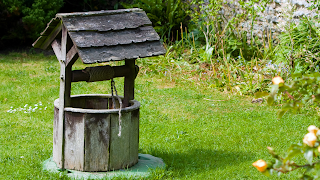Arsenic and Your Water

Arsenic is a semi-metal element in the periodic table, it is odorless and tasteless, and can enter drinking water supplies from natural deposits in the earth or from agricultural and industrial practices. Arsenic is a metal found in ores of copper, lead and other minerals, and in soil, groundwater and surface water. Arsenic compounds are used in wood preservatives and have been used in commercial pesticides. Contamination of drinking water may occur if arsenic gets into the surface or groundwater after dissolving from minerals in the ground. It may also occur after the past use of arsenic-containing pesticides and improper waste disposal by smelting operations. Arsenic is one of the inorganic contaminants regulated under the Phase II/V Rules. Under the Arsenic Rule of 2001, the EPA adopted a lower standard for arsenic in drinking water of 10 parts per billion (ppb), which replaced the prior standard of 50 ppb. Non-cancer effects of arsenic can include: Thickening and discol...





